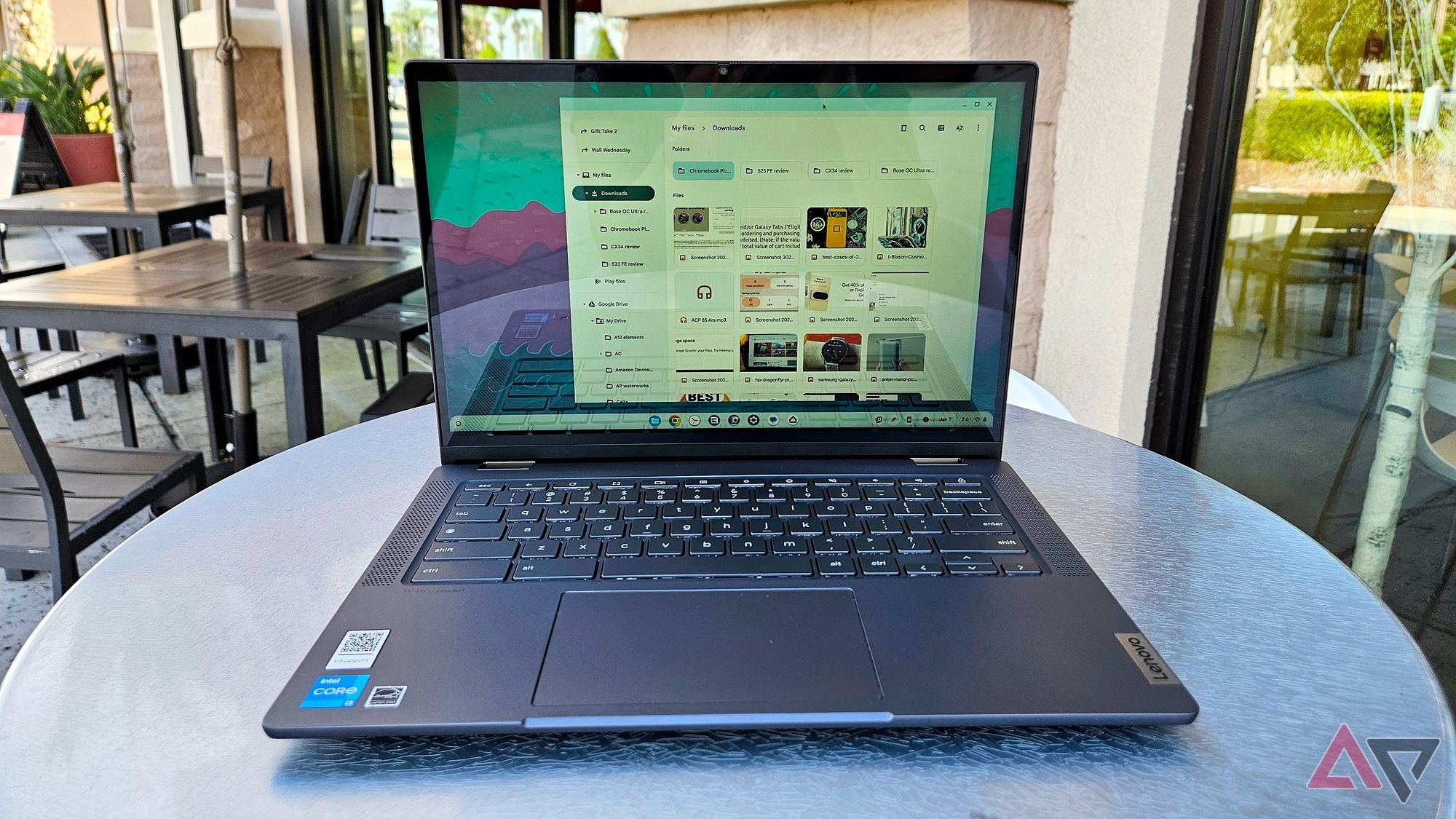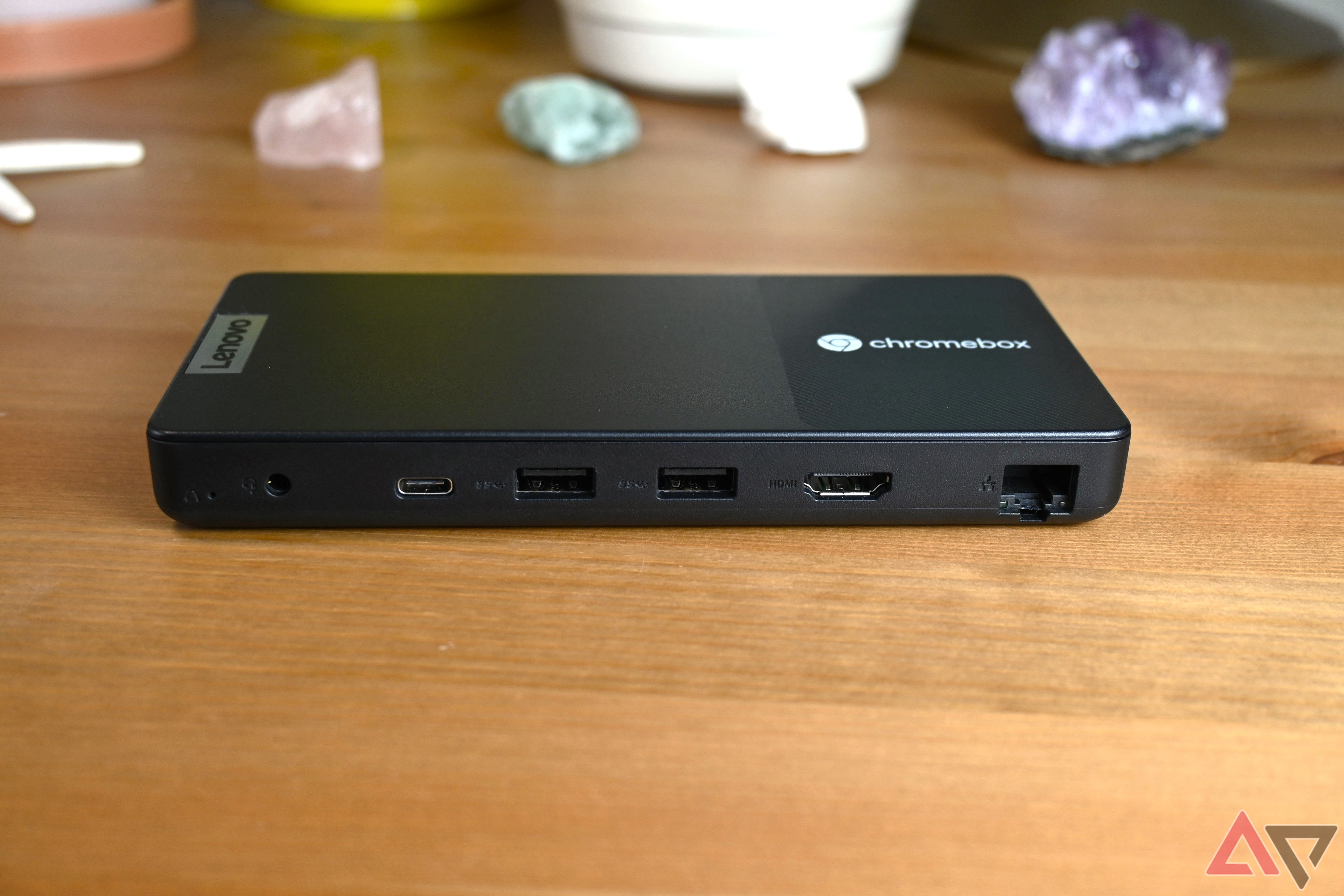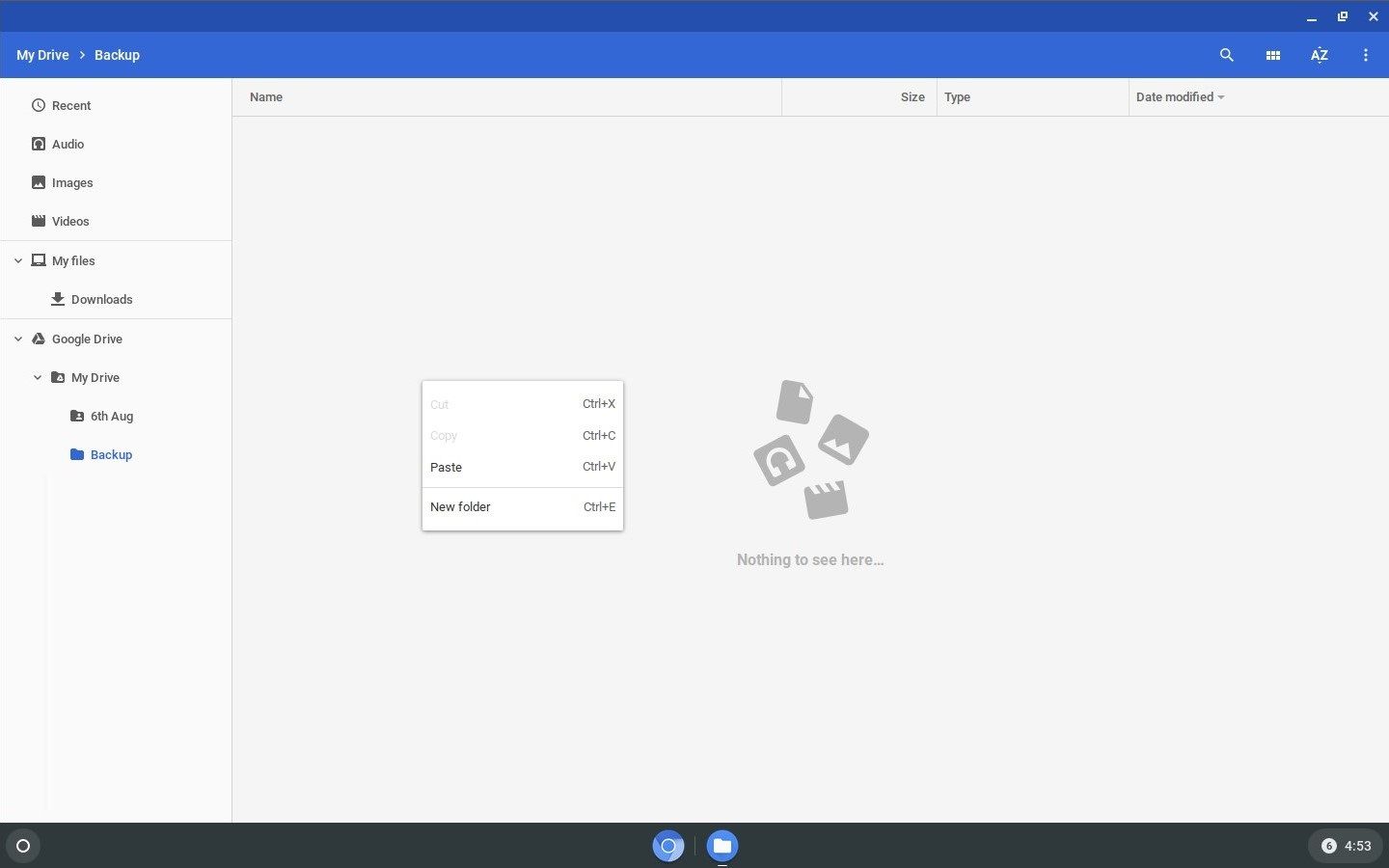An operating system manages the computer’s memory and processes while hosting all the installed software; it is the beating heart of the whole system. Whether you own a phone or a shiny new Chromebook, they have an operating system that allows them to function. ChromeOS encompasses lightweight features designed for the everyday user. These include improved battery health, faster speeds, and quick bootups.
If you’re after performance, you’re likely interested in an operating system that isn’t as feature-rich and bloated with default programs out of the box. That’s why Google developed ChromeOS: it offers simplicity. But what is ChromeOS, and how does it differ from other operating systems like macOS and Windows? Can you install it on your Mac or Windows laptop? We’ve created a guide to answer these questions while explaining more about Google’s Linux-based operating system that powers every Chromebook to date.
What is ChromeOS, and is it more than a web browser?
ChromeOS, formerly written as chromeOS and Chrome OS, is a Linux-based operating system (OS) designed and developed by Google. It is built on an open-sourced project, ChromiumOS, an operating system all about the web (including web apps and web browsing). There are no programs, and everything is done within the web browser. This also means the heart of everything on ChromeOS is also with Google Chrome.
All versions of ChromeOS support progressive web apps and Android applications. ChromeOS may seem barebones compared to macOS and Windows without any external program support, but it has a variety of apps and Chrome browser extensions. Still, most users focus on using the web browser and installing Android apps and progressive web apps to fulfill their needs.
ChromeOS vs Windows and macOS
ChromeOS focuses on three principles: security, speed, and simplicity. Google designed ChromeOS with security in mind; it includes verification at boot, a read-only OS that blocks executables, data encryption, and sandboxing as methods to enhance system security. Having these security features built-in means your device becomes protected from phishing, ransomware, and malicious apps, assuming you stick to the OS’s default apps and functions.
ChromeOS is known for being very secure, so it doesn’t depend on external antivirus software. This is all thanks to ChromeOS running on Linux; Linux keeps your data encrypted and has safety mechanics in place in case of any breaches or attacks.
But even with ChromeOS’s emphasis on security, it is still susceptible to malicious activities and scams; you can still download fake extensions and have your device subjected to unsafe and unwanted apps (even on the Google Play Store). So, if you desire an extra layer of security, you can still use an antivirus on your system.
Can Chromebooks get viruses?
Here’s what you need to know about viruses, malware, and your Chromebook.
macOS is also known for being safe and virus-free, but it is more expensive and takes longer to boot up than a device installed with ChromeOS. On the other hand, Windows is bloated by software (slows down your operating system) and doesn’t encrypt your data unless you are using Safe mode or BitLocker. So, if you’re vying for a lightweight, speedy, and secure machine without a high price point, ChromeOS provides those options.
Which devices support ChromeOS?
ChromeOS is the de facto operating system for Chromebooks, lightweight laptops built for students, casual users, and professionals who don’t require intricate software to do their jobs (e.g., Microsoft Office). Google has tailored ChromeOS to run on Chromebooks almost exclusively, meaning you won’t find any other devices (outside of Chromeboxes and Chrome desktops) that use it.
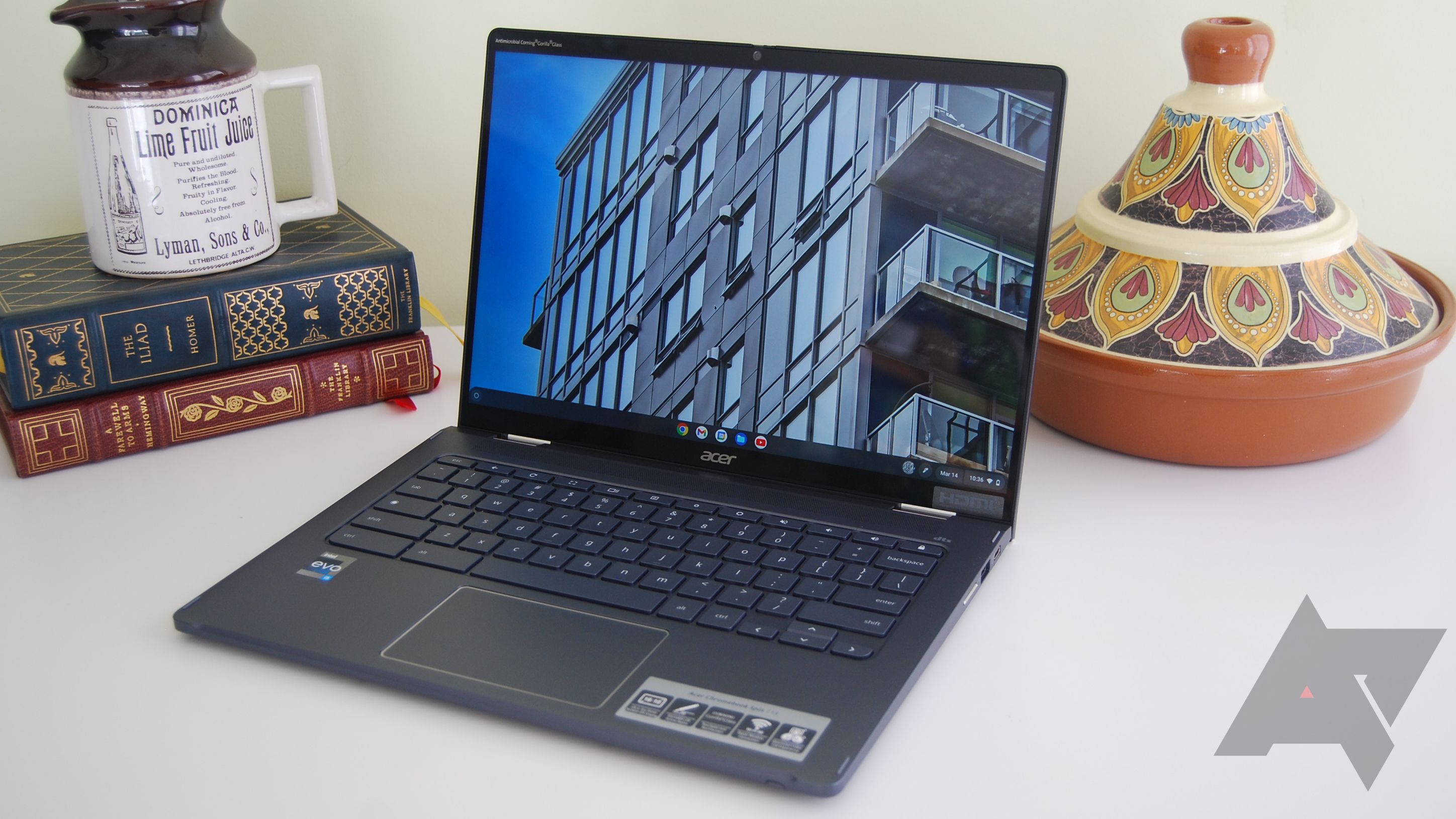
What is a Chromebook?
To truly understand what a Chromebook is, it helps to take a closer look at everything a Chromebook can (and can’t) do
Like Windows-based laptops, you will find an assortment of Chromebooks made by popular manufacturers such as Lenovo, Asus, HP, and Acer. Google also guarantees that each Chromebook device receives ten years of updates. Google maintains ChromeOS, but the required underlying hardware depends on the manufacturer. In October 2023, Google pushed for a new lineup of better-performing Chromebook models inside the Chromebook Plus lineup. These models would focus on software improvements using AI tools and address the need for powerful hardware to support it.
ChromeOS comes pre-installed in Chromeboxes, also known as Chrome desktops. These are equivalent to Windows desktop PCs; they provide more horsepower at the cost of laptop portability in a complete setup. Most don’t come with a monitor and keyboard. Instead, they come as a compact box equipped with ports. You can find all-in-ones (called Chromebases) like HP Chromebase 21.5, which includes the entire setup.
Another piece of hardware hosting ChromeOS is Chromebits. Essentially, these are HDMI dongles that run ChromeOS. Asus Chromebit CS10 is the only Chromebit that has come out to date, and Google ceased its updates in 2020.
How storage works on Chromebooks
ChromeOS also exclusively runs on eMMC or SSDs. It utilizes cloud-based systems (like Google Drive) so users can retrieve and send data to the cloud rather than relying on local storage. However, this also means you must have an active Google account to access your Chromebook, as everything becomes tied to it.
The lack of local storage might deter users from opting for Chromebooks. Chromebooks only have 512GB at the high end, but most models have between 64GB and 256GB on local storage. However, a reliable connection and frequent file/folder backups are necessary if you’re saving everything to the cloud.
Though it is possible to buy an external SSD if you require more space or look into payment plans for extra cloud storage, these options can become costly.
Can you install ChromeOS?
You cannot install ChromeOS outside of Chromebooks and Chromeboxes. However, you can install a similar operating system (ChromeOS Flex) to Windows and Mac PCs. Only certified models can run ChromeOS Flex; note that it doesn’t carry all the features ChromeOS has for Chromebooks. For example, you cannot install Android apps (or even access Google Play) with ChromeOS Flex installed on a computer. Outside of that, it works similarly functionally, especially as a lightweight alternative to heavy-duty operating systems like Windows. It primarily targets older, aging computers that require a new spark of life to operate comfortably.
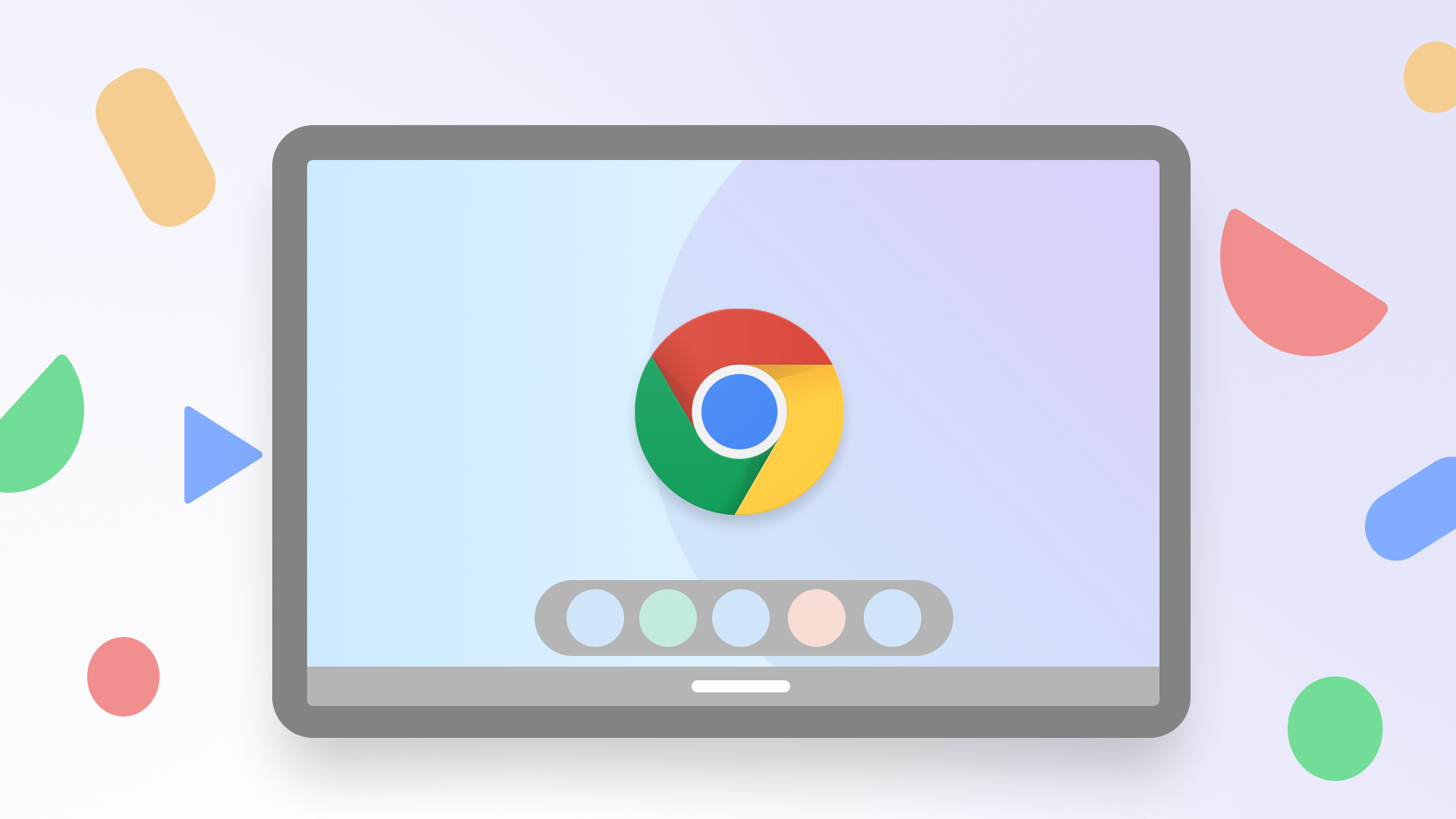
ChromeOS Flex: What it is, and why you should use it
Turn any old computer into a sleek fast Chromebook
ChromeOS Flex has limitations compared to traditional ChromeOS devices; your Windows or Mac computer is not designed to run a Linux-based OS. This means your device can face restrictions due to its hardware, and parts (like fingerprint readers, Thunderbolt ports, and styluses) won’t work while ChromeOS Flex is installed. Also, ChromeOS Flex does not support ARM architecture, which you will find in Macbooks with Apple M1 and Apple M2 chips.
Get more out of ChromeOS
ChromeOS may initially look empty and barebones, especially if you’re new to the lightweight operating system. However, with Google’s continued support of Chromebooks and its Plus model initiative, Google demonstrates that ChromeOS is more than just a glorified web browser system. You can do quite a bit with ChromeOS. For example, you can add gesture control on a Chromebook, or if you’re managing multiple windows, you can set up quick split screens.
But with ChromeOS, you can choose how minimalistic you want your experience to be. You don’t have to download a multitude of apps and programs to get the most out of your ChromeOS device. You can always stick to your web browser and get plenty done. But that’s why ChromeOS is such a nice break from other operating systems. It isn’t designed to overwhelm the everyday user, nor is it limited to just what comes with the system and works on the web browser — if you want more, you can browse the thousands of Google Play Store apps to obtain something new.
Source link

